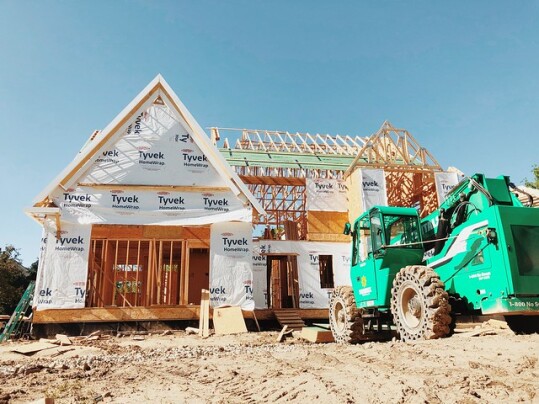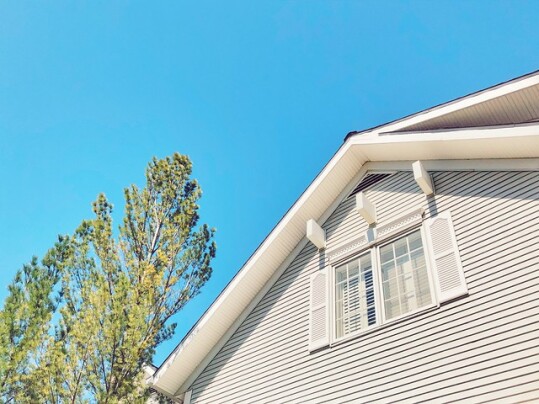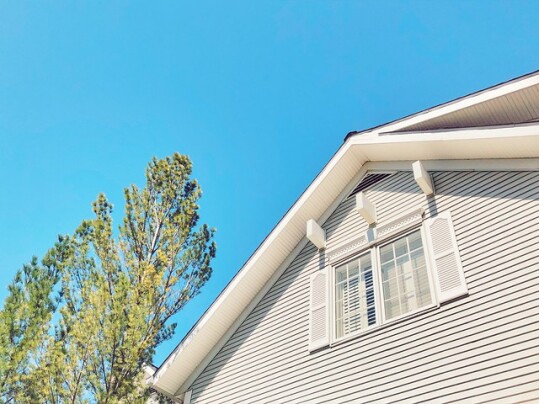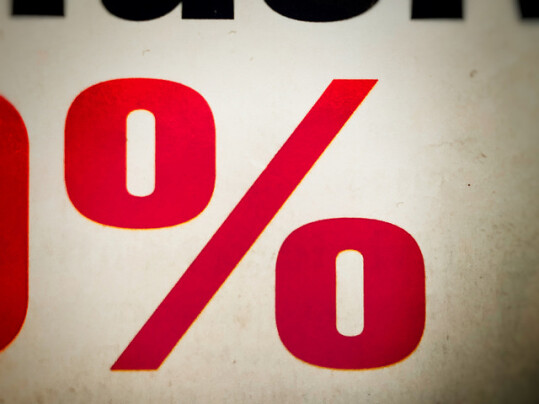During the frenzied days of last year’s housing market, home buyer competition and bidding wars were common. Buyers often had to offer well above a seller’s asking price, if they hoped to have a chance at having their offer accepted. But now that the market has softened somewhat, should buyers still expect to pay more than a home’s list price? According to one recent analysis, maybe not. The analysis looked at 51 metro areas and found the average close-to-list price ratio in August was 99 percent, meaning homes sold for 1 percent less than the asking price. That’s down from 101 percent in July and 104 percent in April. In other words, home buyers shouldn’t expect to find any bargains when they start shopping for homes, but they’re much less likely to have to offer more than a seller’s asking price than they were last year at this time. (source)
Archive for September 2022
Are Buyers Still Paying Over Asking Price?
More Builders Say They Offer Incentives To Buyers
The National Association of Home Builders conducts a monthly survey of builders to gauge their perception of the market for newly built single-family homes. The NAHB’s Housing Market Index is a closely followed indicator since builders have a unique perspective on the new-home market. According to the results of their September survey, home builder optimism fell from the month before, as the housing market continues to adjust to higher mortgage rates and home prices. Robert Dietz, NAHB’s chief economist, says because of the current market’s challenges, there’s been an increasing number of builders offering incentives to buyers. “In this soft market, more than half of the builders in our survey reported using incentives to bolster sales, including mortgage rate buydowns, free amenities, and price reductions,” Dietz said. It’s true. The number of home builders reporting that they reduced prices rose to 24 percent in September, up from 19 percent the month before. That’s encouraging news for prospective buyers interested in purchasing a newly built home. (source)
Early Fall May Be The Best Time To Buy
Summer’s great for a lot of reasons, but it may not be the best time to buy a home. A hot summer market means competition, higher prices, and faster sales. That can be stressful for home buyers. But things begin to change near the end of September, as the fall market begins. And, according to a new analysis from the National Association of Realtors’ consumer website, early fall may be the best time of the year to buy a house. “If you’re flexible on your timing and can budget for higher rates, early fall can be a great time to secure a home, with a number of factors aligning to make it the best time of the year both in terms of price and competition,” Danielle Hale, the website’s chief economist, says. “This is especially true for first-time buyers and others who are not trying to sell a home at the same time as their purchase.” The analysis found that fall buyers can expect approximately 46 percent more available homes for sale compared to the average week to date. It also found, relative to summer’s peak, buyers would save an average of around $20,000 on the price of their home. (source)
Risk Report Ranks Housing Market Vulnerability
ATTOM Data Solutions’ recently released Special Housing Risk Report took a look at county-level housing markets across the country and used affordability conditions, unemployment, and other economic measures to rank how vulnerable each was to a downturn. The good news is the data found there isn’t a housing market anywhere in the nation at imminent risk. However, some markets are more vulnerable than others. The most at-risk housing markets were found in inland California and the counties around New York City and Chicago. The South and Midwest had the least vulnerable housing markets. Rick Sharga, executive vice president of market intelligence at ATTOM, says inflation is the key. “The Federal Reserve has promised to be as aggressive as it needs to be in order to get inflation under control, even if its actions lead to a recession,” Sharga said. “Given how little progress has been made reducing inflation so far, the Fed’s actions seem more and more likely to drive the economy into a recession, and some housing markets are going to be more vulnerable than others if that happens.” (source)
Risk Report Ranks Housing Market Vulnerability
ATTOM Data Solu
tions’ recently released Special Housing Risk Report took a look at county-level housing markets across the country and used affordability conditions, unemployment, and other economic measures to rank how vulnerable each was to a downturn. The good news is the data found there isn’t a housing market anywhere in the nation at imminent risk. However, some markets are more vulnerable than others. The most at-risk housing markets were found in inland California and the counties around New York City and Chicago. The South and Midwest had the least vulnerable housing markets. Rick Sharga, executive vice president of market intelligence at ATTOM, says inflation is the key. “The Federal Reserve has promised to be as aggressive as it needs to be in order to get inflation under control, even if its actions lead to a recession,” Sharga said. “Given how little progress has been made reducing inflation so far, the Fed’s actions seem more and more likely to drive the economy into a recession, and some housing markets are going to be more vulnerable than others if that happens.” (source)
Mortgage Rates React To Uncertainty
According to the Mortgage Bankers Association’s Weekly Applications Survey, average mortgage rates increased last week from the week before. Rates were up across all loan categories, including 30-year fixed-rate loans with both conforming and jumbo balances, loans backed by the Federal Housing Administration, and 15-year fixed-rate loans. Joel Kan, MBA’s associate vice president of economic and industry forecasting, says rates are reacting to uncertainty. “The spread between the conforming 30-year fixed mortgage rate and both ARM and jumbo loans remained wide last week, at 118 and 45 basis points, respectively,” Kan said. “The wide spread underscores the volatility in capital markets due to uncertainty about the Fed’s next policy moves.” Despite higher rates, though, demand for home purchase loans was relatively unchanged last week, moving 0.2 percent higher from the week before. The MBA’s weekly survey has been conducted since 1990 and covers 75 percent of all retail residential mortgage applications. (source)
Active Listings Continue To Grow
Conditions are better for buyers when there are more homes for sale. That’s why it’s good news that active listings are finally moving higher after years of being historically low. According to one recent analysis, the number of active listings available on a typical day in August was 26.6 percent higher than it was at the same time last year. That’s a little less than the previous month when active listings were 30.7 percent higher year-over-year. Still, the fact that listings continue to grow at a near-record pace is undoubtedly good for buyers. Danielle Hale, chief economist for the National Association of Realtors’ consumer website, says the market is finding better balance. “As we soak up the last days of summer, the housing market is beginning to find more balance between buyer-friendliness and still favorable selling conditions,” Hale said. “For many of today’s buyers, the uptick in for-sale home options is taking away the sense of urgency that they felt during the past two years, when inventory was scarce.” (source)







